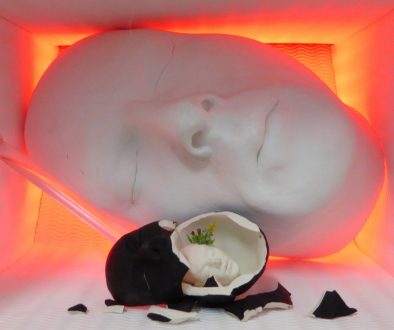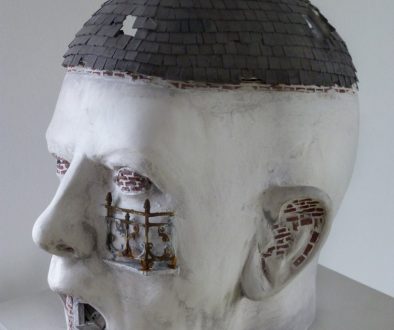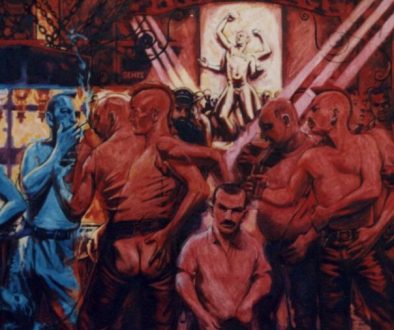A Queer Mythology
I am aware that just as some women artists resist the classification under Feminist or gender lines, so do many artists who are homosexual. I think this is foolish and happily identify my work with what Emmanuel Copper (1938-2012) called a ‘gay sensibility’ in his pioneering book ‘The Sexual Perspective’. In trying to down play or resist such readings in most work made by homosexual artists we downplay to a large extent what makes them interesting. In short, what makes our work queer, deviant and perverse, is what has made us different. Just as the perspectives of artists from other cultures show us new ways of seeing the world this is our central purpose. It is not some view from the edge looking in but one sited within looking about.
We are constantly pushed into side rooms labelled ‘minority’ but have in fact been central to many of the revolutionary advances in visual arts. It is not in spite of our sexuality that famous artists became key players but because of it. If you doubt this it is because a kind of institutionalise homophobia has doggedly avoided the obvious, always insisting the queer bit is ‘unfortunate’ or ‘unimportant’ a side issue. The artist is joined to a majority average when they don’t belong there. It is as if artists and art historians want to say that because the percussion section is less used than the violins they should not be given a score. Without us you cannot play the music and our voice is often key.
In my mind the minority view is often very important. If you have ever been amongst a mob driven by loudness, group think and emotion you will know why. In order to make your case you have to find if not common purpose an argument that explains why the other voices need to be heard. When I first started to address this in visual terms I was drawn to the ideas of Carl Gustav Jung (1875 –1961) and in particular his pupil Joseph Cambell (1904-1987). Yung’s use of the archetype, psychic types, like actors in a play, that drive us and Cambell’s idea of universal folk myths seemed to suggest the idea of a personal mythology that might draw on common heritage. In particular I liked the idea of a ‘hero’s journey’ in mythology and the influence upon him of various impulses embodied by other characters. Cambell suggested that symbols and mythic metaphors and their enactment through ritual can communicate beyond the reach of reason and coercion.
For me this seemed to chime with the work I most admired, from the complex symbolism of a Botticelli or the hidden messages of a Bosch or Breugel, to the masks of Northwest coast Native Americans or Egyptian funerary sculpture. The figures in particular that I identified with were the Initiate (a figure like Hercules or Adam who choose between virtue and vice) the Wayfairer, the Sacrificial Victim and the Hermit. For me the passage into an underworld looking for answers seemed to parallel my own largely underground gay world. The sexual satyr and fool were a particular favourites. Satyrs seemed to parallel the promiscuousness I enjoyed and the Fool, with their role of ridiculing the status quo, the respectable morals, and gay camp.
Works pictured were first shown at ‘Human History Remains’ (1988) 181 Gallery Hammersmith, London; ‘Hell Bent & Heaven Bound’ (1993) Crypt Gallery, St. George’s Bloomsbury, London. ‘Head Strong & Telling Tales’ (1999) The Orangery, Holland Park, London.


